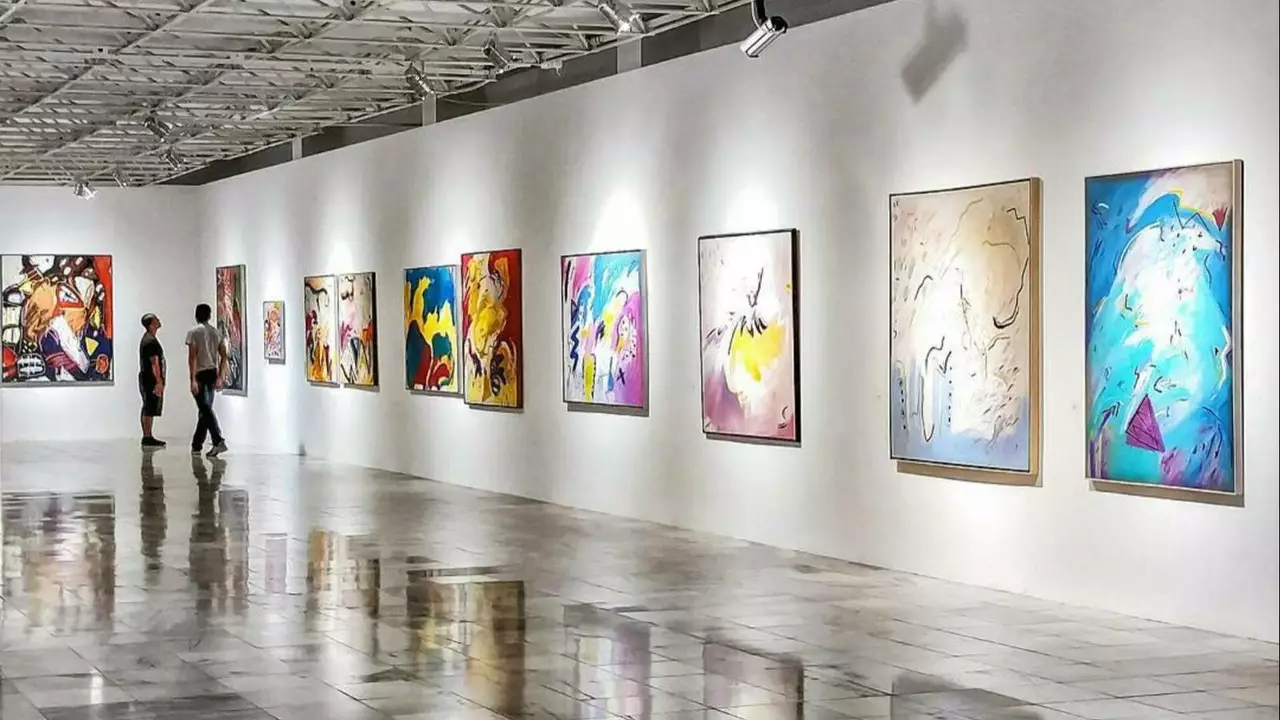The Irresistible Allure of Fine Art
Picture this: you’re standing in the hushed and softly lit room of a prestigious art gallery, staring at a painting that would cost you more than your house. Or to put in one cheeky way, it most probably costs more than your left kidney on the black market. And you think, ‘But, why?’ How come this seemingly simple canvas with a splash of colour is worth that much? To understand that, we have to dig into the spirited world of fine art and why it's such a booming business. Having been around art collectors and even a few auction houses myself, I dare say I’ve picked up a tidbit or two that I'd be keen to share.
The Devotion of Rarity and Originality
One fundamental reason why art demands such dazzling prices is down to good old supply and demand— the age-old economic principle that seems to permeate every facet of life. And nowhere is it more vibrant than in the realm of fine art. Like honorary Melbourne folk, artists are rarely as prolific as we would love to think. You see, only a limited number of works can be produced by an artist during their lifetime (unless we're talking about someone like Picasso, who apparently had enough creative energy to span several lifetimes!). This limitation creates a sense of rarity or exclusivity. Like that one time I waited in line for three hours to try that bespoke ice cream shop's unconventional Vegemite flavour! And trust me, it was pretty exclusive! The same principle applies to fine art, the scarcity of work enhances the demand, and the value goes sky-high.
Investment and Wealth Preservation: An Art in Itself
Besides being a collector's passion, fine art is viewed by many as a sound investment. While I can't attest to investing in artwork myself, unless you count a primary school painting of a kangaroo, my mates in the financial sector swear it's a worthy venture. Art is often considered a 'safe' asset, which means its value doesn't fluctuate as per the volatile stock market swings. One could compare it to gold. You put your money into a masterpiece today, leave it for a decade or two, and voilà, you might just fetch yourself a tidy profit. Of course, you'll need to do your research, pick the right artist and art, but the rewards can be pretty handsome.
Cultural and Emotional Connection: The Heart of Art
Fine art's allure also lies in its ability to connect people emotionally and culturally. Being an Aussie, I still remember how my chest filled with pride when I first saw Sydney Nolan's iconic 'Ned Kelly' series. The ability to connect at a visceral level, to reflect and chronicle society’s evolution, gives fine art its enduring appeal. You're not just buying an exquisite painting, you're obtaining a piece of history, a slice of human sentiment attached to it. This personal attachment, the emotional connection one develops with a piece of art, definitely adds to the pricing.
Art as Status Symbol: A Luxurious Legacy
Now, if we're being completely frank, there's also the sheer prestige that comes with owning fine art. Picture a stunning Monet hanging in your plush penthouse living room—it instantly elevates your status (and your living room décor, of course). In a way, art collection can be a luxurious hobby, a means to display wealth and class. Now, whilst I may not have a million-dollar masterpiece gracing my walls, there is a similar kind of pride when I hang up my niece's adorable yet somewhat Picasso-esque family portraits. It's kinda like owning your own personal little piece of the Louvre, right here in the heart of Melbourne!
Promotion and Patronage: The Modern Medici Effect
Finally, we should remember those who stoke the flames of the art world—the modern Medicis, the patrons and promoters who invest in artists' talents. They thrust burgeoning artists into the spotlight, ensuring their works fetch handsome prices. Few sensations can be more satisfying than knowing you helped a young, struggling artist become the next Brett Whiteley! Now, I may not be a millionaire art benefactor, but helping out at local Melbourne charity art events and seeing the smiles on young artists' faces, I think I can relate somewhat to that heartwarming feeling.
Is Fine Art Worth the Hype?
So, is fine art worth this fuss and fortune? Well, if you're someone who enjoys the thrill of ownership, cherishes cultural and emotional connections, appreciate a sound investment, and would love to flaunt a little, then I'd say a resounding yes. It’s safe to say that the business of fine art is here to stay. Personally, if you ask me, any form of art—fine or otherwise—is worth celebrating. After all, it's a reflection of the human spirit in all its vibrant colours and cantankerous complexities. Whether you're a fine art aficionado or merely appreciate a good children's school project on the fridge, art in all its forms continues to fascinate and inspire.
